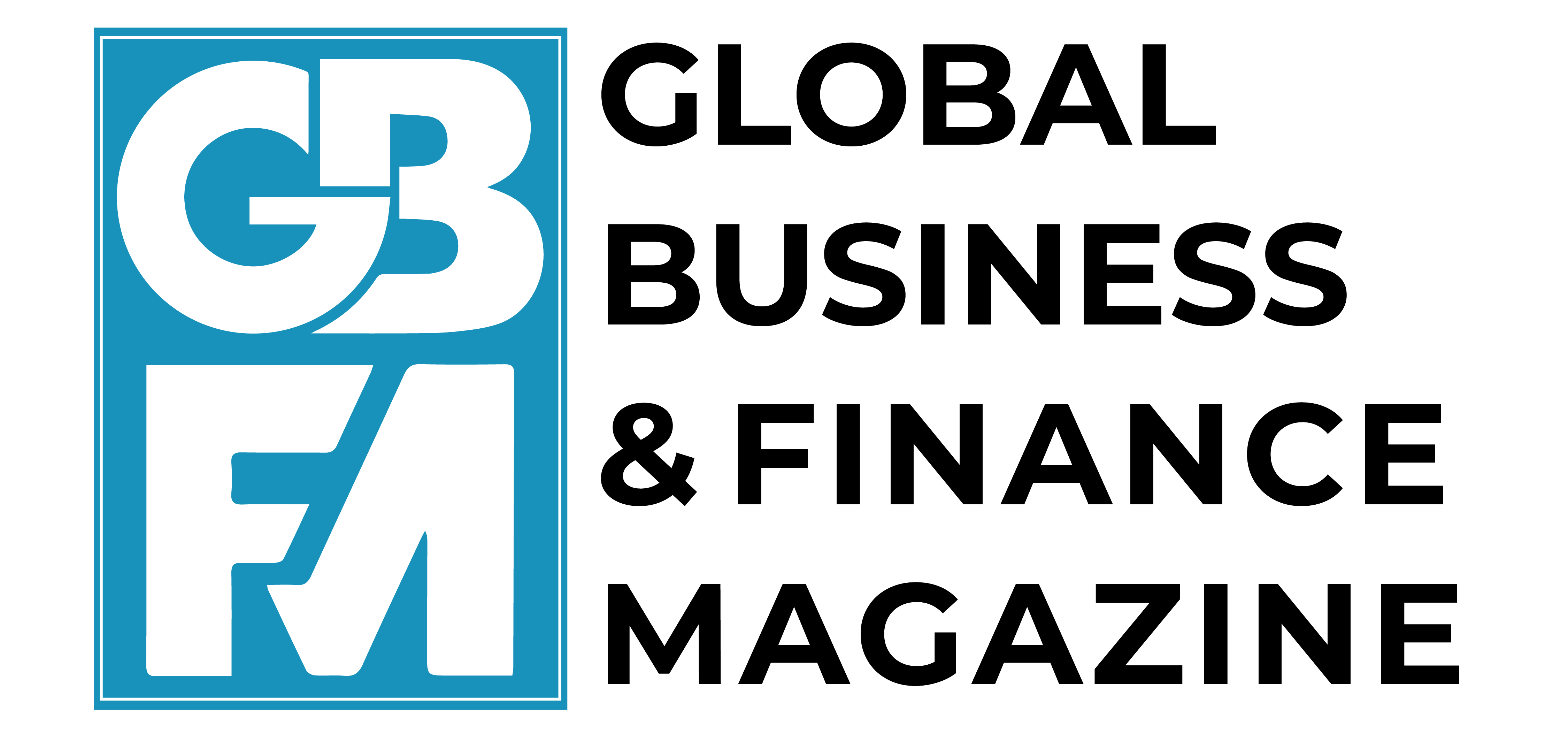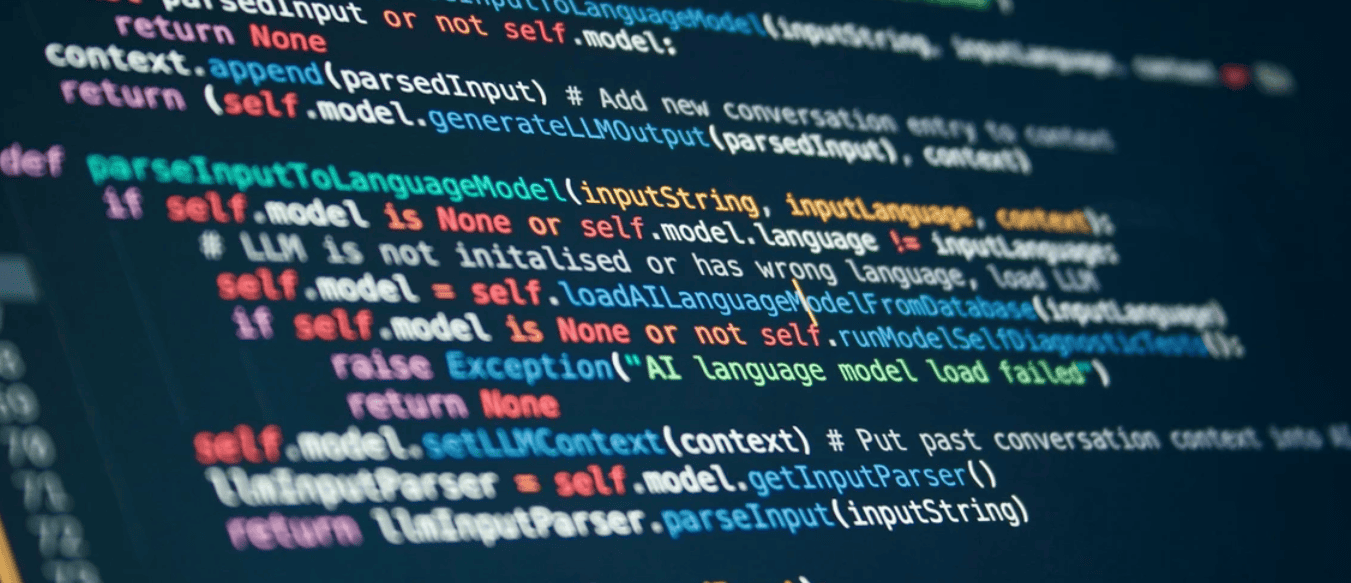Despite claims in the past that demographic trends would lead to either the Republican or the Democratic party dominating politics, US presidential elections continue to be close contests. Using data covering 1952 to 2020, this column argues that forecasts based on accurate projections of demographic trends would have predicted elections less accurately than a coin toss. Parties changing their platforms in response to demographic shifts helps explain the near-even split of the electorate in so many US presidential elections.
The Republican Party will come to dominate American politics, due in part to the growth of American suburbs and the professionalisation of the economy – that was what Kevin Phillips predicted in 1969 in The Emerging Republican Majority (Phillips 2014). On the contrary, Democrats will come to dominate, due to population growth among Latinos and the increasing political power of women and other left-leaning demographics. That was what John Judis and Ruy Teixeira predicted in 2002 in The Emerging Democratic Majority (Judis and Teixeira 2002).
Clearly, neither of these predictions came true. Why?
It is a fact that demographic groups defined by age, race, gender, income, education levels, and other factors have distinct voting patterns. It is also true that demographic trends are often predictable, even over long horizons (Petropoulos et al. 2022).
However, economic theory may predict what demographers and pundits do not: that parties will adjust their policy positions to changes in the size of different groups. In turn, voters can be expected to change how they vote in response to changes in party platforms.
In a recent paper, three of us – Richard, Vincent, and Jesse – showed just how poor an election predictor demographic trends are, based on US elections from 1952 to 2020 (Calvo et al. 2024). We also analysed how the Republican and Democratic parties contoured their positions to court the electorate over the same period. Our analysis sheds light on the forces behind the 2024 presidential election, and why so many US election results are nearly 50-50.
A well-informed forecaster
Our main analysis used demographic information from government sources going back to 1952 and data from the American National Election Study (ANES) Time Series Cumulative Data File (2022), which covers a nationally representative sample of between about 800 and 6,000 US voters per election. We created a predictive model to forecast individual vote choices in the next election.
For each presidential election year, we used nationally representative samples of US voters and fit a binary logit model relating a person’s vote to their age, gender, race, income, education, and the type of area in which they live. We forecasted the overall Republican share of the two-party vote among survey respondents in the next elections, and measured our forecasts’ accuracy by computing their root mean squared error (RMSE) relative to the truth.
A hypothetical forecaster who fitted a model with data from a given election in tandem with accurate projections of demographic trends would have predicted future elections less accurately than one who simply flipped a coin. While we did find that demographic characteristics explain a meaningful share of the variation in individual vote choices in the current election, forecasts up to five elections in advance were no better than guessing that the result would be the same as the present outcome. Our hypothetical forecaster would be off by 22% more, on average, than someone who assumed the next election would always be a 50-50 split between Democrats and Republicans (Figure 1).
Figure 1 Demographic forecasts performed no better than a random guess


Source: “Pitfalls of Demographic Forecasts of US Elections,” September 2024. Credit: Ana E. Azpúrua.
Stacking the deck
Our results are all the more striking given that we stacked the deck in favour of our hypothetical forecaster. We assumed they had perfect information on upcoming demographic trends and turnout in different groups. We also focused on predicting the election outcome in the survey sample, so that the forecaster was not penalised for departures between self-reported votes and official returns. Our hypothetical forecaster still failed at their task.
We extended our results to predict future elections based on an expanded set of demographic covariates such as labour force and religious participation, allowed for a rich set of interactions among covariates using regression trees, and tried applying the model to congressional elections. None of these advantages improved the forecaster’s performance.
Further, we applied our approach to county-level data, predicting vote shares at the county level using county-level demographics and forecasting future elections based on trends in these characteristics. If anything, this made the forecaster perform even worse than predictions based on survey data.
Converging on 50-50
Where demographic data fail, applying economic theory can give some clarity.
Gary Becker defined an ideal democracy as “an institutional arrangement for arriving at political decisions in which individuals endeavour to acquire political office through perfectly free competition for the votes of a broadly based electorate” (Becker 1958). In a standard Downsian model of electoral competition (Downs 1957) between two parties that are office-motivated and only weakly committed to a certain ideology, changes in the composition of the electorate will not lead to changes in their vote shares but, rather, to changes in party platforms.
We tested this prediction by combining ANES data on individual vote choices and issue positions with data on party platforms from the Manifesto Project (Lehmann et al. 2023). This revealed that both the Republican and Democratic party platforms moved to the right over most of our sample period, with the Democrats moving later and reversing the trend in the final three election cycles of the sample (Figure 2). The overall trend appears consistent with the parties reacting to the demographic shifts, albeit with a lag. It is interesting that the Democrats appear to adjust more slowly than the Republicans – and consistent with parties moving more readily in their ideologically preferred direction.
Figure 2 How parties’ platforms have shifted


Source: “Pitfalls of Demographic Forecasts of US Elections,” September 2024.
Note: The RILE score (right-left score) from the Manifesto Project measures each party’s position by analysing their platforms’ content.
Elections are competitive markets, and parties fight for votes just as firms study market trends and vie for buyers. People’s demographic characteristics strongly influence their social and political identity (Mason and Wronski 2018) which is highly persistent over time. However, major shifts in partisanship of certain groups do take place; and to some extent these shifts happen because parties respond to demographic changes (Adams and Somer-Topcu 2009).
For example, when Democrats realised they were losing elections due to weakness in the suburbs, they had incentives to target suburban votes with their activities and messages. The partisanship of suburban voters changed in response (Lassiter 2003). Another example is the tug-of-war over the Latino vote. In the aftermath of Mitt Romney’s 2012 loss to Barack Obama, a Republican National Committee report cited focus groups saying the party was “scary,” “narrow-minded,” and “out of touch”, and called for it to conduct new outreach to Latinos and other minorities (Cassidy 2013). Now, in the wake of November’s elections, Democrats are working to understand why they lost so many Latino voters to Donald Trump and strategising how to win them back (Cohn 2024).
Ultimately, these forces can lead to a near-even split of the electorate. Our study provides what may be the first systematic evidence of a pattern The Economist has called “the great mystery of American politics”: that aside from brief periods, the US electorate has been balanced between parties and election outcomes have been persistently close (Economist 2023) – even as it has become increasingly polarised (Boxell 2021).
The accuracy of demographic forecasts will depend on the speed at which different groups change in size, parties respond, and other forces affect partisan preferences. As parties nimbly respond to changes in the electorate and innumerable other forces come to bear, the political marketplace will tend toward equilibrium, making demographic forecasting a losing game.
Source : VOXeu



































































